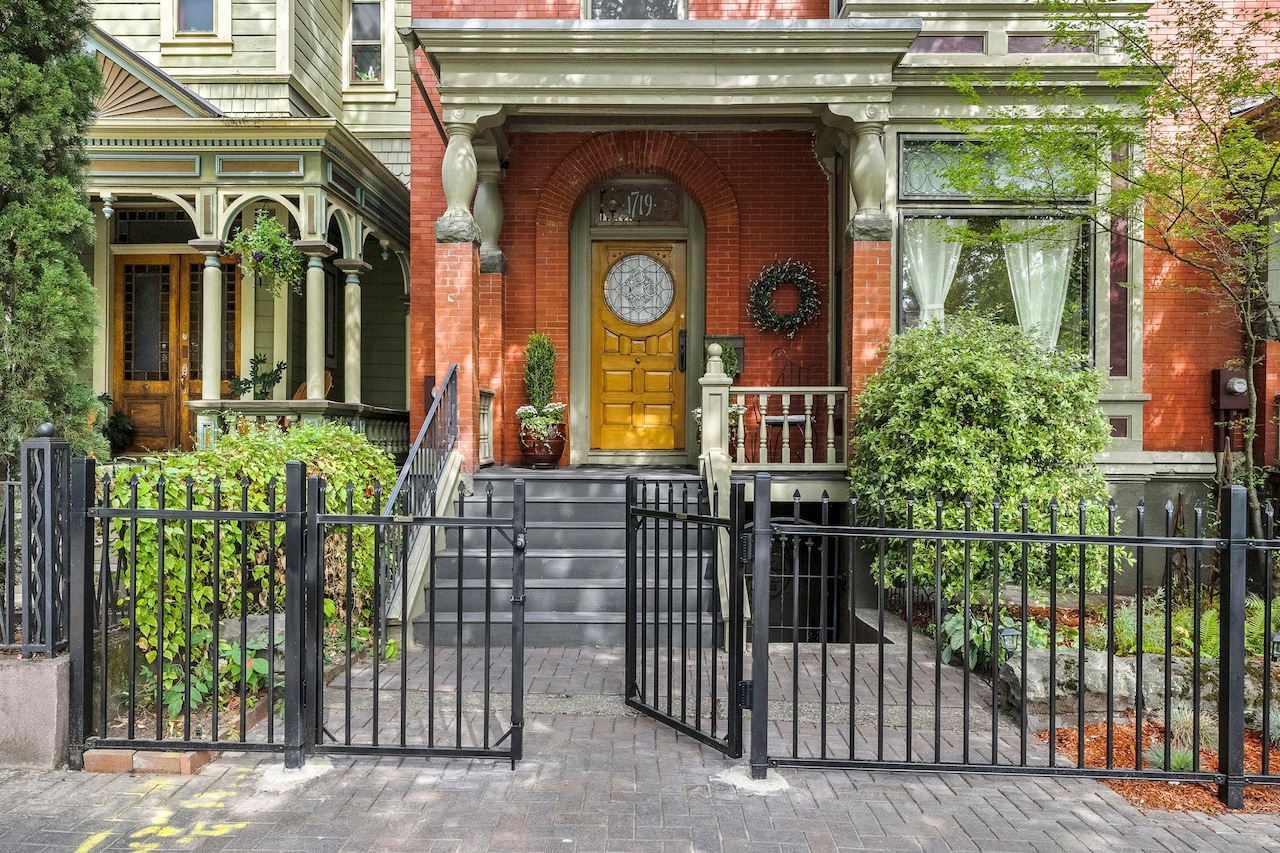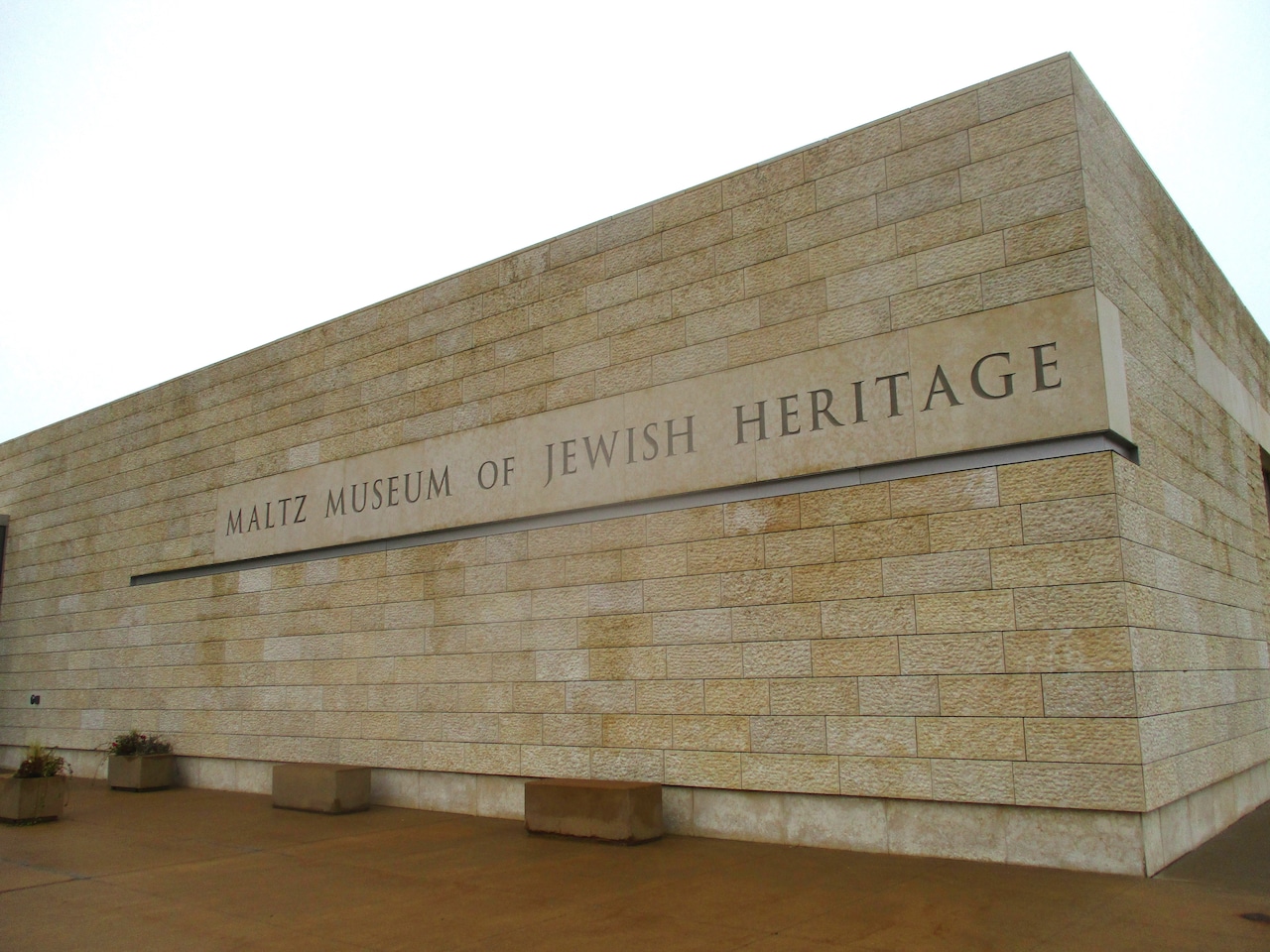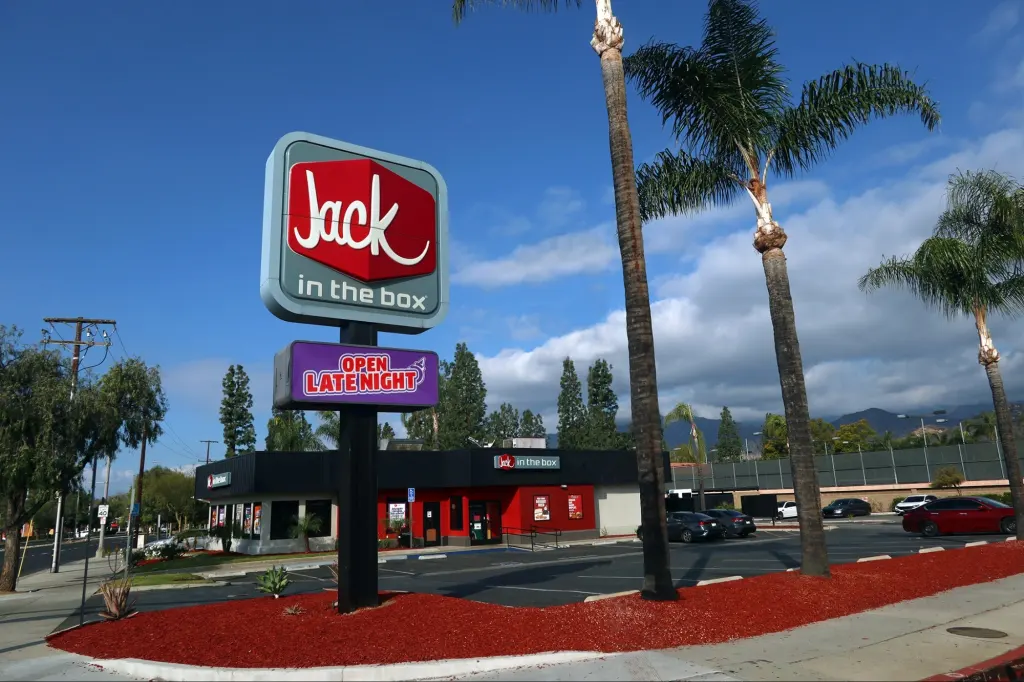Copyright The Oregonian

A Victorian era brick townhouse for sale in Northwest Portland’s Nob Hill is unlike any other home in Oregon. Although it’s one of six San Francisco-style rowhouses built together in 1893, the residence at 1719 N.W. Irving St. has distinctive features, inside and out. The asking price for the Queen Anne style home updated with modern comforts is $949,500. There is no other example of brick rowhouse construction found in Oregon, according to the buildings’ entry in the National Register of Historic Places. And each of the six Campbell Townhouses, built by contractor Daniel Campbell in the Historic Alphabet District, has its own “exterior personality.” The end-unit home for sale is a “rare find for those who value character, community and convenience — all in one of Portland’s most beloved and celebrated neighborhoods,” said listing broker Ross Seligman of Own It Northwest. The 3,137-square-foot residence has high ceilings, large windows and a skylight that draw in natural light. Original finishes include hand-carved millwork and posts, leaded stained glass, pocket doors and floors of old-growth Douglas fir culled from trees that grew in nearby Forest Park. Updates throughout the three-level home include central heating and air conditioning, and an expanded kitchen with stainless-steel appliances. The second story has three bedrooms and a renovated bathroom with a heated tile floor, soaking tub and walk-in shower. The lower-level guest suite has a private entry to the home’s fourth bedroom and second bathroom. There is a powder room on the main level. The Campbell Townhouses are behind a gate, and the owners-only landscaped courtyard has a pergola, fire feature and patio heater. The homeowner association fee is $425 a month and covers exterior upkeep from sidewalks to porches. The townhouses, saved from the wrecking ball a half century ago by Portland residents, boosted the state’s preservation movement, said Seligman, who shares the listing with broker Cydelle Higa-Johnston, also with OwnItNorthwest.com. Seligman told The Oregonian/OregonLive that the home is perfect for these buyers: Young professionals wanting to walk to tech hubs, co-working spaces, cafes and nightlife. Remote workers who need a quiet, well-lit home office and want to be steps from coffee shops for midday breaks. Architecture and history appreciators who value classic Portland craftsmanship with original details in a neighborhood with timeless charm. Urban enthusiasts who want to be in the heart of Nob Hill in the Alphabet District with easy access to Northwest 23rd Avenue’s boutique shopping, top-rated dining and cultural venues. The Pearl District, Slabtown and Forest Park are nearby. People who desire a car-free lifestyle in an area with public transit and bike-friendly streets, and daily essentials within walking distance. Campbell Townhouses Portland’s Nob Hill was already a status address in the 1890s when contractor Daniel Campbell built luxury townhouses for rent on the corner of Northwest Irving Street and 17th Avenue. The nearby streets were once lined with mansions, until the city experienced a population boom in the late 1800s and developers invested in multifamily rentals suitable to the growing upper middle class. When Campbell’s corner development was completed in 1893, Irving Street was the most densely built block in the area with 18 dwellings. The 1890 Trenkman houses, eight single-family rental houses, occupied a half-block parcel one block away. Instead of customary wood homes, however, Campbell constructed six attached structures using brick. Since no architect has been associated with the townhouses, Campbell may have relied on existing house plans for East Coast brick brownstones. At the Campbell Townhouses, new buyers wanting the features of a fine house but the economy of a townhouse were treated to two levels of highly crafted construction plus a basement. Here, residents could greet visitors in their private entry hall, then escort them into the living room and dining room. Portlanders at the turn of the last century were surprised to find a kitchen and pantry and, upstairs, three to five bedrooms plus a full bathroom with a clawfoot tub. Although each of the six townhouses line up in a uniformed way along sidewalks, they vary inside and out. The four townhouses fronting Northwest Irving Street (1705, 1709, 1715 and 1719) have square projecting bay windows topped by gabled roofs while two townhouses looking out onto Northwest 17th Avenue (719 and 715) have hipped roofs. Some of the porches have flat roofs with box cornices; others have a pediment porch roof with carved panels. The architectural mix of Queen Anne-inspired facades adds character and a sense of individuality, according to historians writing for the National Register of Historic Places. The Campbell Townhouses also have a lot in common: All of the porch roofs are supported by square brick columns and turned wood posts. And the bricks are laid in a practical pattern known as “American” or “stretcher bond,” which was fashionable in the Victorian era and is now common because of its simplicity. The townhouses are part of the original 640 acres that Captain John Couch claimed in 1845. He created the West End as an isolated bastion for high society, and elegant homes rose around Northwest 19th Avenue. After Couch died in 1870, his widow, Caroline Flanders Couch, willed the soon-to-be Campbell Townhouses property to their daughters and sons-in-law for $1. In 1886, the heirs sold the townhouse lots plus two others for $5,050. After completing the rental homes in 1893, Campbell sold the property to wealthy rancher William Hughes for $30,000. Hughes sold them in 1898 for $35,000, before buying them back in 1908. Although Campbell, a contractor, carpenter and builder and a member of the Builders Exchange, continued to live and work in Portland, he erected no similar set of buildings, historians found. As commercial and light industrial businesses encroached from 1910-1932, the area lost its prestige and the townhouses were converted to low-rent rooming houses. William Hughes’ widow sold the property in 1948. In 1973, the townhouses were recognized by the Portland Historical Landmarks Commission. As the area began its renaissance, the once-coveted townhouses were transformed back to individual family units. The Campbell Townhouses, also known as Irving Street Brick Rowhouses, were listed on the National Register of Historic Places in 1980 because of their significance as the only old rowhouses in the state and because most of original features have survived.



